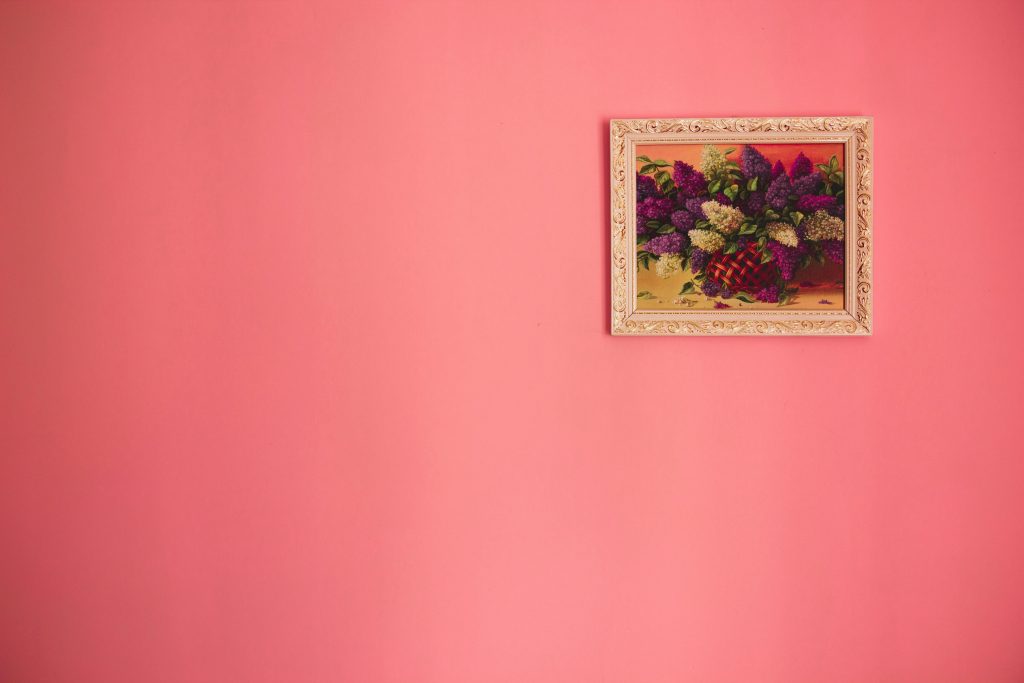Table of Contents
Wall painting, an ancient art form dating back thousands of years, continues to captivate and transform spaces today. From ancient cave paintings to modern murals, the practice of adorning walls with colors and designs has evolved into a sophisticated art form and a vital element of interior and exterior design. This article explores the history, techniques, and contemporary trends of wall painting, highlighting its enduring appeal and creative possibilities.
The Historical Significance of Wall Painting
Wall painting has a rich history that spans civilizations and continents. Some of the earliest known examples of wall paintings date back to prehistoric times, found in caves such as Lascaux in France and Altamira in Spain. These paintings, created using natural pigments and depicting animals and hunting scenes, provide insights into the lives and beliefs of ancient cultures.
In ancient Egypt, Greece, and Rome, wall painting evolved into a form of artistic expression and storytelling. Frescoes adorned the walls of temples, palaces, and tombs, depicting myths, historical events, and everyday life. The vibrant colors and intricate details of these paintings showcased the craftsmanship and artistic skill of their creators.

Techniques and Methods of Wall Painting
Fresco
Fresco painting is one of the oldest and most enduring techniques in wall painting. It involves applying pigment mixed with water onto freshly laid lime plaster. As the plaster dries, a chemical reaction binds the pigment to the wall surface, creating durable and long-lasting colors. Fresco painting was widely used during the Renaissance period, with renowned artists like Michelangelo and Raphael creating masterpieces such as the Sistine Chapel ceiling frescoes.
Mural Painting
Mural painting encompasses a variety of techniques and styles, from traditional brushwork to contemporary spray painting. Murals can be painted directly onto walls or on large canvases that are later affixed to walls. This flexibility allows artists to create expansive and immersive artworks that enhance architectural spaces and engage viewers.
Trompe-l’œil
Trompe-l’œil, French for “deceive the eye,” is a painting technique that creates optical illusions, making flat surfaces appear three-dimensional. Artists use realistic shading, perspective, and lighting effects to trick viewers into believing that the painted objects or scenes are real. Trompe-l’œil has been employed in both interior and exterior settings to add depth and visual interest to walls.

Contemporary Trends in Wall Painting
Minimalism and Geometric Patterns
In contemporary interior design, minimalism and geometric patterns are popular trends in wall painting. Neutral colors, clean lines, and geometric shapes create a sense of simplicity and sophistication. These designs are often used to complement modern furnishings and architectural elements, adding visual interest without overwhelming the space.
Abstract and Street Art Influences
The influence of abstract art and street art has permeated wall painting in urban settings. Bold colors, expressive brushwork, and unconventional compositions characterize these artworks, which often convey social or political messages. Street artists have transformed cityscapes with large-scale murals that celebrate cultural diversity, challenge societal norms, and inspire public dialogue.
Eco-Friendly and Sustainable Practices
With growing awareness of environmental sustainability, eco-friendly practices have become increasingly important in wall painting. Artists and homeowners alike are opting for paints and materials that are low in volatile organic compounds (VOCs) and have minimal impact on indoor air quality. Recycled and natural materials are also being used to create eco-conscious artworks that promote environmental stewardship.

The Impact of Wall Painting on Interior Design
Wall painting plays a pivotal role in interior design, influencing the mood, ambiance, and visual appeal of spaces. By choosing colors, patterns, and styles that resonate with their aesthetic preferences and lifestyle, homeowners can personalize their living environments and create atmospheres that reflect their personalities.
Accent Walls and Focal Points
Accent walls, painted in contrasting colors or adorned with eye-catching patterns, serve as focal points in interior spaces. They draw attention to specific areas of a room, such as fireplace mantels, headboards, or dining alcoves, adding drama and visual depth.
Texture and Dimension
Textured wall painting techniques, such as stippling, sponging, and ragging, add texture and dimension to flat surfaces. These techniques create tactile interest and visual warmth, transforming ordinary walls into dynamic canvases that invite touch and exploration.
Conclusion
Wall painting continues to evolve as a versatile and expressive art form that transcends time and cultural boundaries. From ancient cave paintings to contemporary murals, the practice of decorating walls with colors, patterns, and imagery has enriched human experiences and transformed architectural spaces. Whether used to evoke emotions, convey narratives, or enhance aesthetic appeal, wall painting remains a powerful means of self-expression and artistic innovation. As we navigate the complexities of modern living, the art and technique of wall painting continue to inspire creativity, foster connection, and shape the way we perceive and inhabit our environments.


